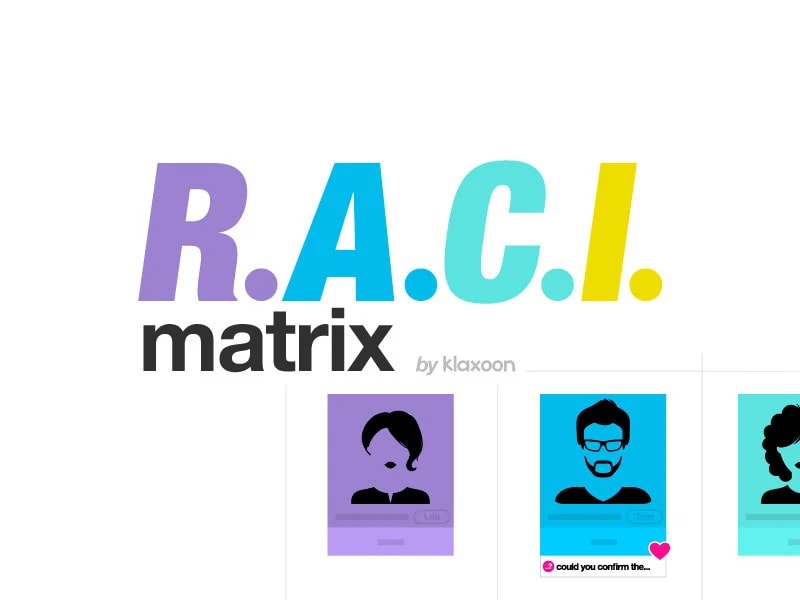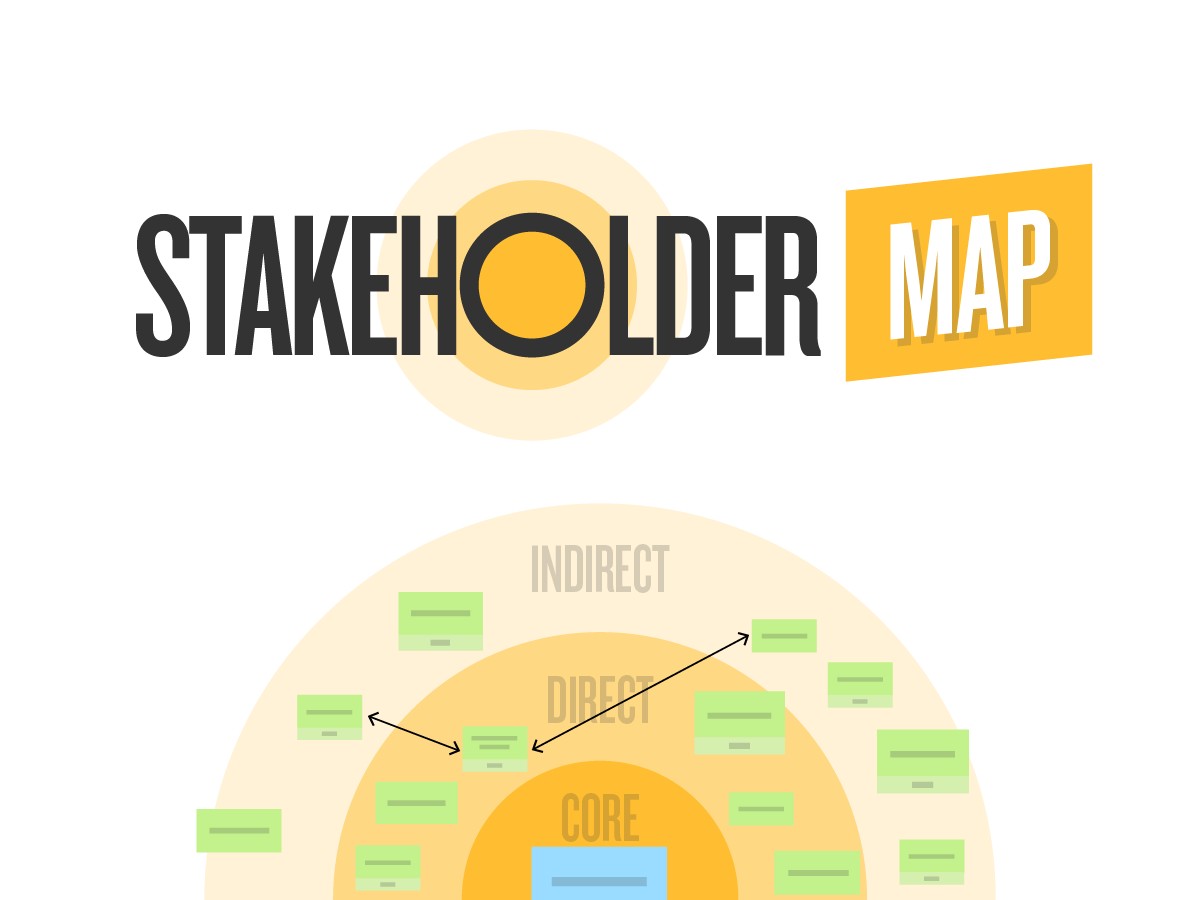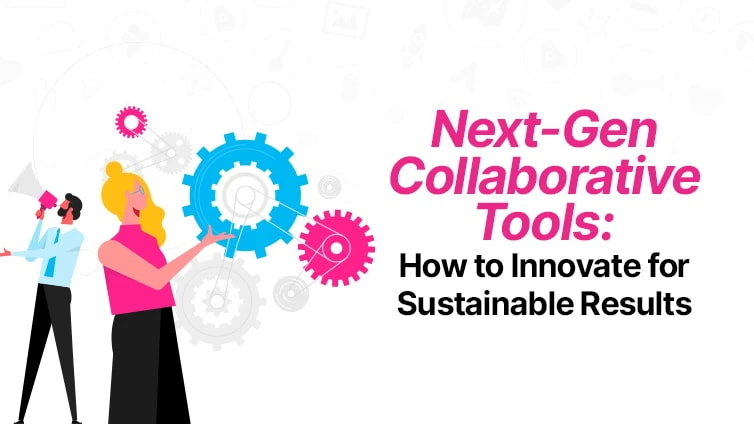6 tips for creating a successful RACI chart in cross-functional projects
Executive summary:
When a team is not aligned from the start, work needs to be redone, deadlines are missed, and goals are unmet. All business owners and project managers have faced these setbacks at one point or another.
The biggest struggle is getting everyone on the same page so that the collective effort builds momentum for growth rather than knocking the wind out of each other's sails.
RACI charts lay down a clear, structured path for defining roles and supercharging project management efficiency. By pinning down who does what and by whom, leaders can ignite innovation, smooth out processes, and power up team collaboration. With everyone clear on their roles, teams move like a well-oiled machine, turning ideas into action with precision and agility.
Here are six key ways to improve project management efforts for your team by effectively applying the RACI principles:
- Involve key stakeholders early: Bring key players into the fold from day one. Their diverse insights become the glue that keeps the project intact. By airing concerns upfront, you sidestep hidden pitfalls and forge a united front that is ready to tackle challenges head-on.
- Ensure seamless cross-functional communication: Centralize dialogue through regular check-ins and proven collaboration tools. Quick and established feedback loops keep everyone on the same page, missteps get caught, and fresh ideas find fertile ground.
- Clarify overlapping responsibilities: Map out responsibilities with surgical precision. Assigning someone who is Responsible, Accountable, Consultable, and Informed prevents duplication of effort. That clarity frees each contributor to excel with little to no confusion.
- Use RACI with collaboration in mind: Accountability is only half the story. RACI charts go further by laying out who consults and who observes. This structure invites bold thinking and open problem-solving. Nobody is left guessing about their role, and every voice can spark a breakthrough.
- Balance workloads: Distribute tasks so no single group buckles under the strain. Divide responsibilities wisely because healthy teams are what keep the project engine humming for the long haul.
- Make RACI visible: Do not let your RACI chart get buried. Let it shine where the whole team can see. This ongoing reminder keeps everyone connected to their duties. Visibility also empowers remote staff to stay synced online or asynchronously, removing distance as a barrier to cohesion.


